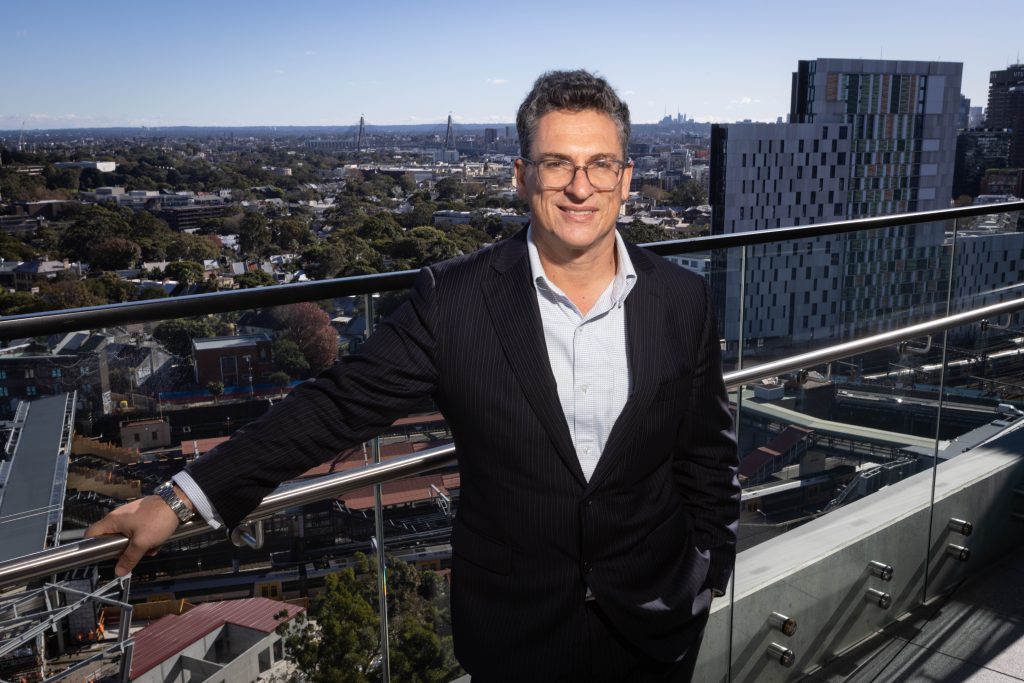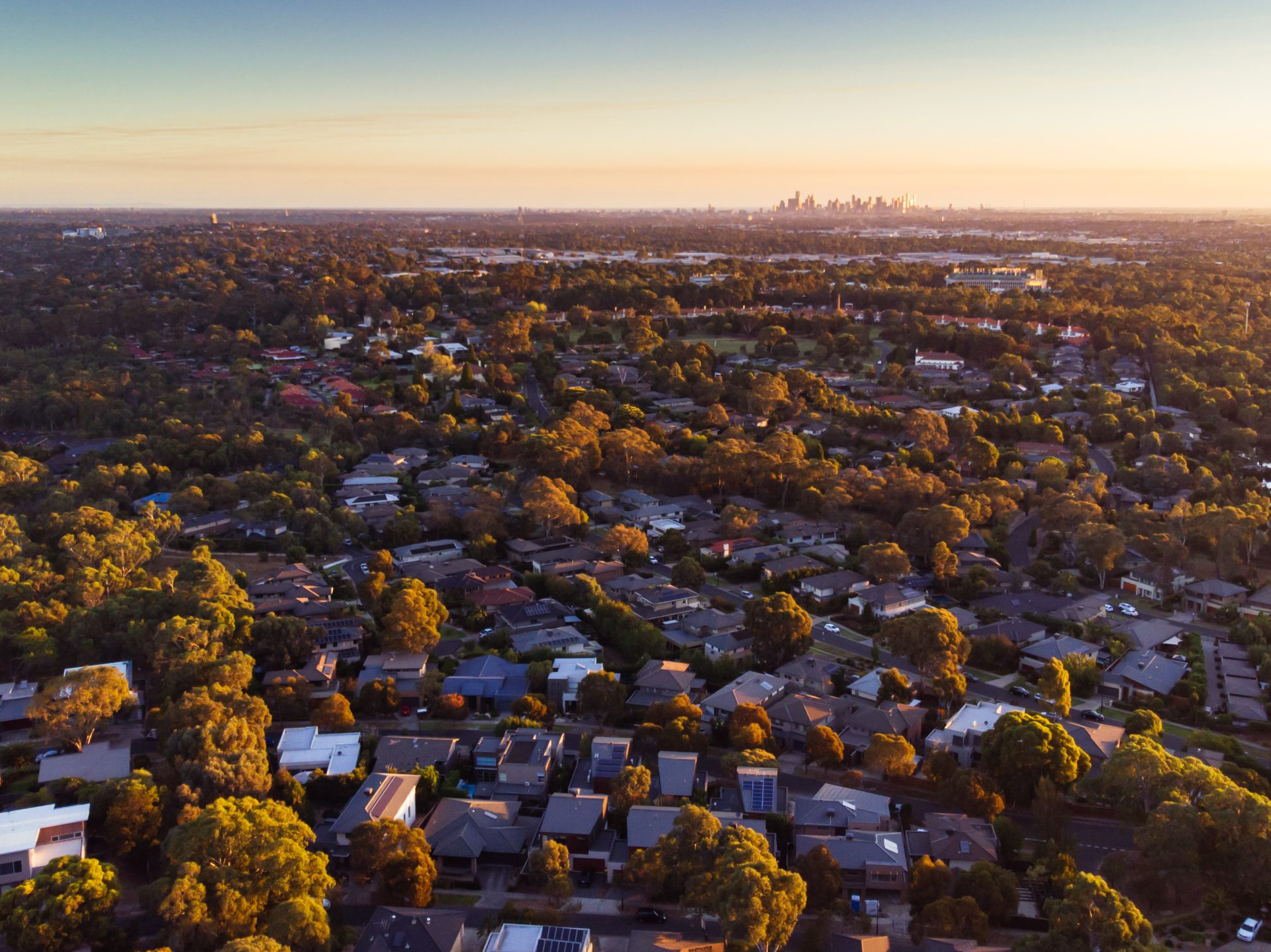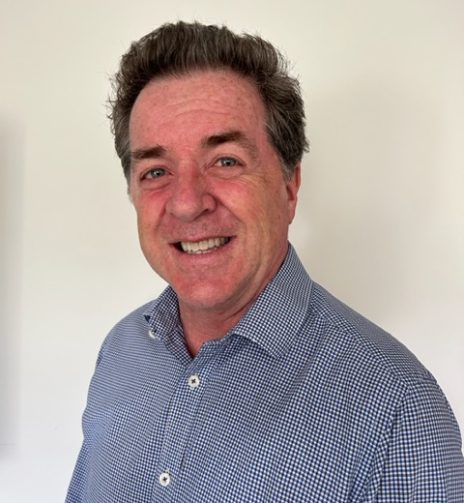When conversation turns to the housing crisis in Australia, the sheer scale of it tends to dominate, overshadowing any serious discussion of solutions.

At least some of the challenges, however, have been identified and are now being addressed.
First, Housing Australia, previously the National Housing Finance and Investment Corp, released data last year showing more than 377,600 households are in need of housing, including 331,000 in rental stress and 46,500 experiencing homelessness.
Second, a consensus has developed that the key differentiator between Australia and comparable countries with less severe affordable housing problems, such as the US and Canada and certainly the UK, is the pivotal role of community housing sectors, and the participation of private capital.
“The UK is probably 20-plus years of ahead of us in terms of supporting its community housing sector – some of the CHPs (community housing providers) are big enough to issue their own bonds, and some international investors are used to investing in them,” Housing Australia chief executive Nathan Dal Bon says.
“When you’re talking a sub-market product (like social and affordable housing), it typically needs to be catalysed or driven by something, usually government support, because it won’t stack up for most institutional investors.
“Housing is expensive so what we’re trying to do is use the Commonwealth government support and stretch it into the largest possible supply (of housing) outcome given the government’s objectives.”
As part of this effort, the main game at the moment is the first funding round for 40,000 more social and affordable homes through the Housing Australia Future Fund Facility (HAFF) and National Housing Accord Facility (NHAF) over a five-year period.
The HAFF is a $10bn investment fund established by the Federal Government and managed by the Future Fund, with a target of 30,000 social and affordable homes over the next five years, while Housing Australia’s mandate under the Housing Accord, also established by Canberra, is to deliver 10,000 new affordable homes over the same period.
The programs have been designed to encourage participation by eligible entities for diverse projects of all sizes, enabling the community housing sector to grow and become self-sustaining.
The 10-week funding round, which closes on March 22, has been pitched at states, territories, local governments, CHPs, indigenous charities focused on housing and housing-related defence charities.
Mr Dal Bon said that about 1800 people attended an information session a few days after the launch, and 300 different organisations registered on the relevant portal.
The overall response in a series of nationwide consultations, he said, was “incredibly positive”.
“Obviously (the participants) are trying to get together as many projects as they can in the 10-week period, and there are some broad challenges at the moment related to construction costs and access to labour, which are things we can’t control,” Mr Dal Bon said.
“There seems to be some softening in (housing) approvals, so they see the program as a way to stabilise their construction pipeline.”
In February, four of the nation’s biggest industry superannuation funds and industry super-owned IFM Investors announced a landmark agreement to lend member funds to CHPs.
The five entities, which collectively manage more than $505bn and also include Cbus Super, CareSuper, Hostplus and Rest, said changes to Federal Government policy settings meant there was now an opportunity to invest at scale and generate risk-adjusted returns for members, while at the same time increasing the supply of social and affordable housing.
Funds from the joint venture, they said, would support applicants in the first round of the HAFF program, and provide long-term debt through an IFM-managed investment structure to CHPs.
Mr Dal Bon said an objective of the program was to create an acceptable rate of return to encourage private sector involvement, and in turn increase the supply of social and affordable housing.
“At the moment, the returns from social and affordable housing on a standalone basis wouldn’t be sufficient because they’re sub-market,” he said.
“That’s the purpose of the availability payment under the HAFF facility, which is like a top-up payment to make the projects viable.
“So whether you’re sourcing institutional capital or senior debt, it’s closing the difference between your costs, which would include your cost of capital, and your revenue as a project proponent.
“It’s up to the project proponents and their financiers to determine the appropriate rate of return, and they submit their application with their financing rates and bid for an availability payment with all the other projects to make the transaction viable for financiers, the developer and the builder.”
NAB, which has its own commitment to provide at least $6bn in financing for affordable and specialist housing by 2029, has been a strong supporter of Housing Australia and its initiatives, having been a foundation bank for the Home Guarantee Scheme (HGS) and financing 5127 borrowers in 2023.
There is a significant pipeline of transactions where NAB will provide financing to CHPs applying for first-round HAFF funding.
The Housing Australia chief says the various programs his organisation manages operate across the housing continuum.
Apart from the HAFF facility, they include the Affordable Housing Bond Aggregator (AHBA), set up to provide low-cost and long-term finance for CHPs to provide more social and affordable housing.
Housing Australia funds AHBA loans by issuing its own bonds into the wholesale market at a lower cost and for a longer term than traditional bank finance, with the Federal Government also providing a $1bn line of credit for the operation of the AHBA.
There’s also the Home Guarantee Scheme, which helps eligible home buyers including first-time buyers and single parents to overcome some of the key barriers to home ownership, such as saving a deposit.
Under the scheme, Housing Australia has responsibility for managing 50,000 guarantees a year, also supporting regional first home buyers who haven’t been in the property market for 10 years and helping people with a low deposit to get into home ownership or back into home ownership.
Finally, there’s the National Housing Infrastructure Facility (NHIF), initially focused on funding infrastructure to unlock housing supply but expanded 18 months ago to directly finance social and affordable housing.
In late February, Prime Minister Anthony Albanese and WA Housing Minister John Carey announced funding to support a 29-storey build-to-rent apartment development on the fringe of the Perth central business district.
Housing Australia will provide a $73m loan under the NHIF, plus $15.6m in grants, with the WA Government kicking in more than $40.6m.
Since Housing Australia was established in 2018, its programs have supported over 18,200 new and existing social and affordable homes with loans to 39 CHPs totalling more than $3.8bn through the AHBA, fast-tracked sorely needed housing through the NHIF, and helped more than 140,000 Australians into home ownership.
While the agency has a sound record of delivery, the scale of the challenge to support the delivery of 40,000 social and affordable dwellings over the next five years is of a different magnitude.
It can also look a little underwhelming compared to the Federal Government’s ambition to build 1.2 million homes by 2029.
Housing Australia, however, is focused on its own patch, which is to help more Australians access affordable, safe and secure housing.
There are about 3.6 million rental properties in Australia, with a vacancy rate of one per cent, or 36,000 dwellings.
“We’re adding 40,000 so it’s quite a sizeable addition when you look at the stock of rentals,” Mr Dal Bon said.
“Also, it’s a disproportionately large number if you look at the stock of subsidised housing, but I think all of us would say that it’s not going to solve all the social and affordable housing issues.
“That’s going to require sustained investment over many years, but this is certainly a very substantial start, and when you look at what the Commonwealth has put on the table it’s probably the biggest investment we’ve seen in over a decade.”
If Housing Australia builds critical mass and succeeds in its ambition to create self-sustaining community housing providers, it begs the question about its future, long-term role.
Mr Dal Bon said the agency was currently trying to lead and drive the market, in a broadly similar way to the UK.
“When we talk about social and affordable housing for example, the private sector is definitely getting more comfortable with affordable, but I think there’s still a bit of a road to go with the social aspect – the high need part of the housing continuum,” he said.
“I’d see us being a participant over time and then focusing more on those harder to reach groups, which is where I think the private sector will probably still struggle. I think that’s where we’ll continue to play a role for the foreseeable future.”







